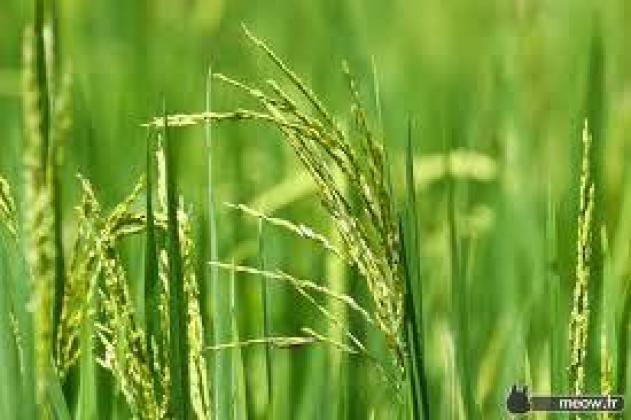
With the start of rice planting roughly a month away, farmers will have new herbicides to fight weeds in the upcoming growing season.
LSU AgCenter weed scientist Eric Webster, talking at rice meetings in Mansura on Feb. 1 and Rayville on Feb. 6, said the new herbicide Loyant is effective against grasses and aquatic weeds such as ducksalad, but it will cause injury to young rice on fields that have been recently laser-leveled.
The new Gambit herbicide is good on aquatic weeds, such as alligatorweed, he said.
Another new product, RiceOne, has good residual activity, and it is effective on grasses and broadleaf weeds, he said, but farmers must spray it soon after it is mixed. “If you stop that sprayer for any reason, it’s not going to take long for it to fall out of solution,” he said.
Webster cautioned farmers against mixing Provisia, a grass herbicide, with broadleaf herbicides, especially propanil. The Provisia herbicide was less effective about three out of four times when it was mixed in combination with a broadleaf herbicide, he said.
Provisia is to be used with the Provisia rice, and it is intended for fields that have severe weedy rice problems that cannot be controlled with Clearfield rice.
AgCenter extension rice specialist Dustin Harrell said Provisia rice needs more nitrogen, and that increases the likelihood of developing blast, so he is recommending two fungicide applications on Provisia rice.
The company that sells the AV-1011 bird repellent for seed treatment is offering a rebate for the product this year, Harrell said.
Farmers also have a new fungicide, Amistar Top, said AgCenter plant pathologist Don Groth.
The product is effective against sheath blight and blast diseases. It also will work against sheath blight that has developed resistance to strobilurin fungicides, he said.
The product is labeled for one or two 15-ounce applications. “I would recommend using the full labeled rate,” Groth said.
Groth urged farmers to rotate fungicides.
“If we keep using the same fungicides over and over, we’re going to get resistance, and I don’t have any new material coming down the pipeline,” he said.
AgCenter entomologist Blake Wilson said the Mexican rice borer has spread throughout southwest Louisiana, but it has not been found in Avoyelles or Rapides parishes. “I anticipate it will be in the next few years,” he said.
AgCenter entomologist Sebe Brown said rice water weevils in Arkansas fields have developed resistance to the seed treatment Cruiser.
AgCenter rice breeder Adam Famoso said a seed increase in Puerto Rico is being grown now for the second generation of Provisia that will have better yield potential than the current version, PVL01.
Famoso also said development of a long-grain conventional variety is underway. “This is an area we would like to put more emphasis on,” he said.
The hybrid program is making progress, but increasing the seed production of hybrid lines is a challenge.
AgCenter economist Mike Deliberto said a 17 percent rice acreage increase is projected by the U.S. Farm Bureau. “Arkansas’ acreage will be similar to where it was in 2016,” he said.
An increase in cotton acres in India could result in reduced rice exports by that country, which would help U.S. rice exports, he said.
